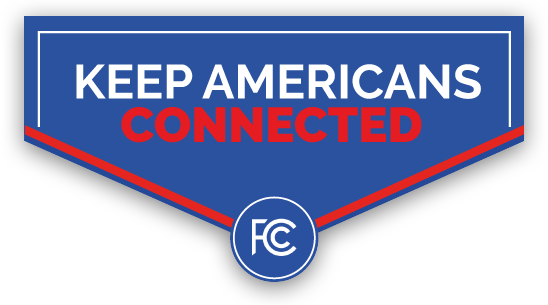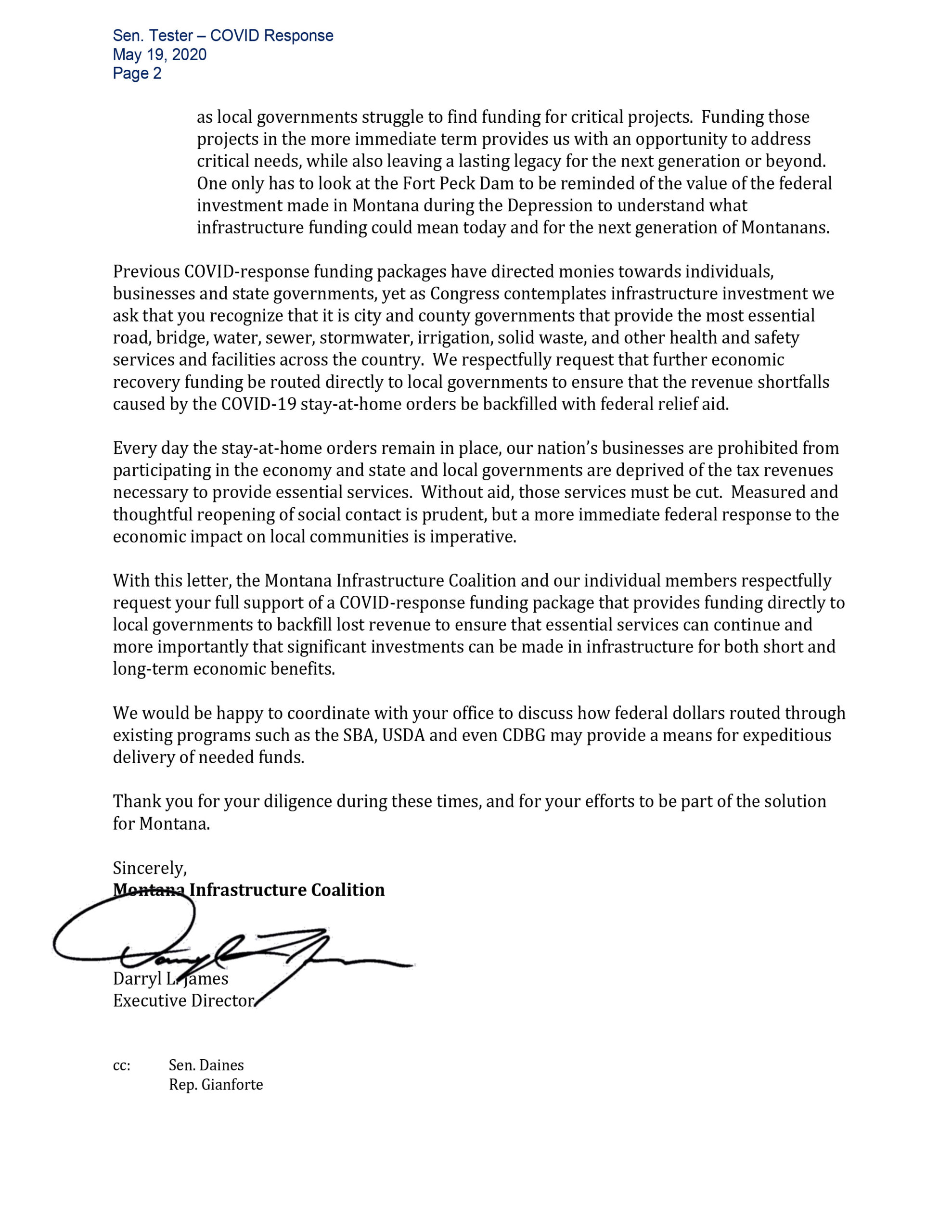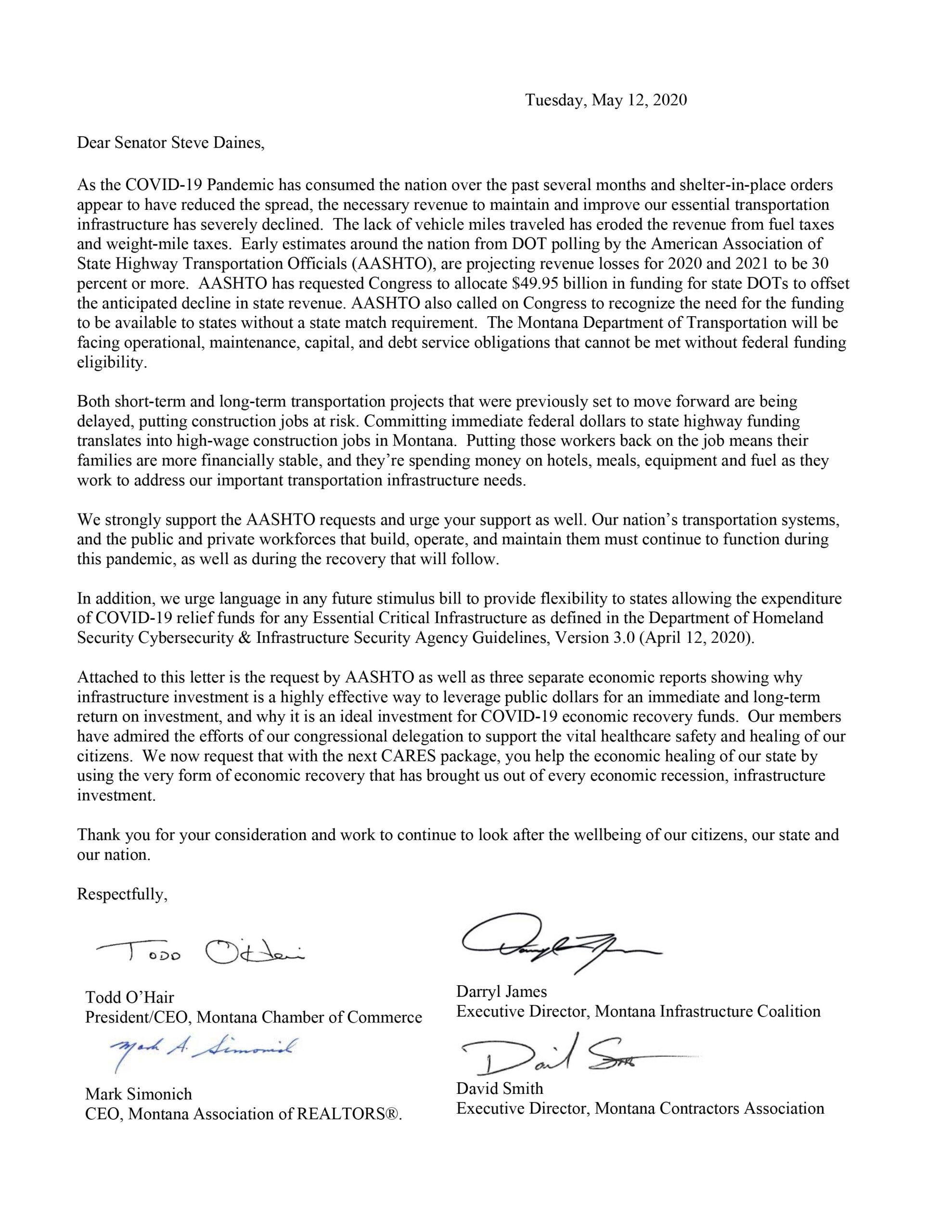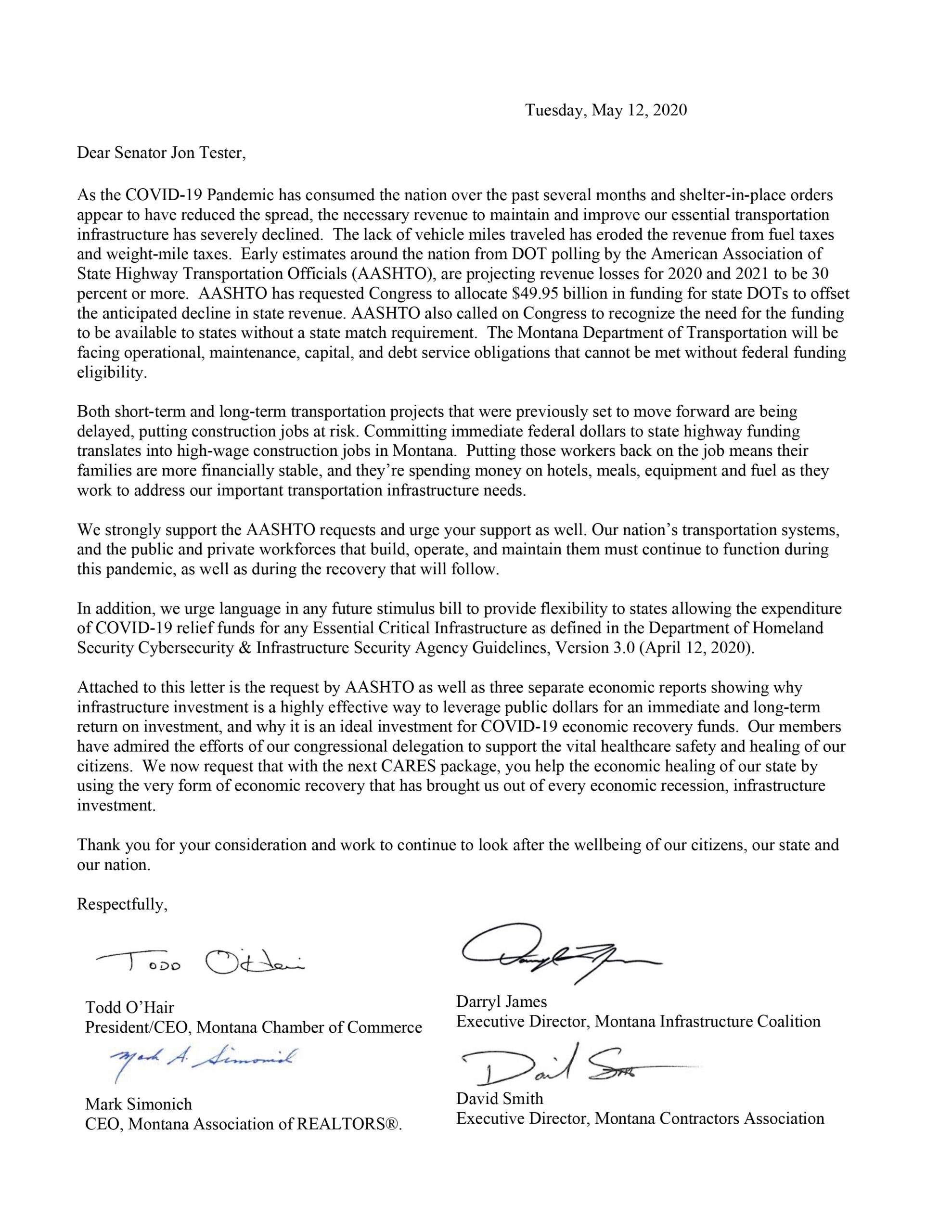Repairs to the broken St. Mary Canal pipes that are part of the Milk River Project can begin immediately through an emergency authorization with the Bureau of Reclamation, U.S. Sen. Jon Tester’s office announced Friday.
The St. Mary Canal near Babb diverts water from the St. Mary River to the Milk River. The river provides 18,000 people with municipal drinking water and feeds one million people annually, according to the Milk River Joint Board of Control.
It also supports industrial uses, according to the Bureau of Reclamation.
Without the canal, the Milk River would run dry six out of 10 years, according to the Joint Board of Control, made up of eight irrigation districts.
The river runs into Canada and then back into Montana near Havre.
On June 17, a couple of the canal’s aging siphons failed, and Montana’s political leaders, including its Congressional delegation, have been advocating for urgent action from the Biden Administration.
In a news release, Tester said the Bureau of Reclamation agreed Friday to fund the repairs through its emergency authority.
“This is an important step forward for north-central Montana water users who rely on the Milk River Project to support their farm operations that feed the world and to keep their small businesses running,” said Tester, a Montana Democrat, in a statement.
In a newsletter Friday, Republican Rep. Ryan Zinke’s office shared a letter sent to the U.S. Department of Interior and Bureau of Reclamation from him and the rest of the delegation, Tester, Republican U.S. Sen. Steve Daines, and Republican Rep. Matt Rosendale.
“We urge you to take immediate action to authorize federal funds to replace the siphons under the authority granted in Public Law 111-11,” the letter said. “A swift federal response is critical to restore the lands damaged by the catastrophic failure and to return water to the Milk River.”
A contact in the Bureau of Reclamation office in Montana could not be reached Friday by voicemail.
In a phone call, Jennifer Patrick, project manager for the Milk River Joint Board of Control, said the funding package has moved quickly, which will make a difference in work on the ground.
“That will allow us to move forward into construction a lot quicker,” Patrick said.
The cost of fixing the breached St. Mary siphon and another piece of infrastructure in need of replacement, the 100-year-old Halls Coulee siphon, is $70 million together, Patrick said.
So far, Montana irrigators aren’t impacted this year partly because of the rain and full reservoirs, although Patrick also said it’s a “compressed irrigation season.”
If the winter is strong, that will help storage for Montana, she said, but it won’t make construction easy. Montana holds water in the Fresno and Nelson reservoirs on the Hi-Line.
“We’re really, really trying to have water running back into the Milk River by the fall of 2025,” Patrick said.
Patrick, however, also said Alberta, Canada, likely will be affected because it doesn’t have water storage like Montana does.
She said Milk River irrigators are working closely with landowners, the Blackfeet Nation, and state and federal government, and the cooperation and partnerships are “incredible.”
“We’re moving quickly. You might not hear from us that often, but our goal is to have water back in the Milk River in 2025,” Patrick said.
The entire congressional delegation has been “turning over rocks” for funding, emergency authorizations, and whatever “works best for the state of Montana,” she said. And she said local representatives and state legislators have been on the job as well.
Kwebb Galbreath, water director for the Blackfeet Nation, also said politicians and decision-makers have been moving quickly, which is key to fixing the problem.
“The problem is that this has been something that’s been left unattended for 100 years,” Galbreath said. “It should have been replaced probably 75 years ago.”
He described the current situation as “chaos, but I think right now it’s controlled chaos.” And he said a plan is in place that he believes will lead to repairs made to both siphons by 2025.
“I do believe that they’ll both be fixed, and next year in August, we’ll have good water flowing,” Galbreath said.
The St. Mary Diversion Dam and Canal is “dilapidated” and has long been in need of repair, according to the Bureau of Reclamation.
The Infrastructure Investment and Jobs Act set aside $100 million for facilities that have failed in a way that prevented water delivery for irrigation, and the St. Mary canal is the only project that fit the criteria, according to a project overview on the Bureau of Reclamation website.
Bozeman company NW Construction was recently awarded a more than $88 million contract to complete the canal and dam replacement project, part of the Infrastructure Investment and Jobs Act.








